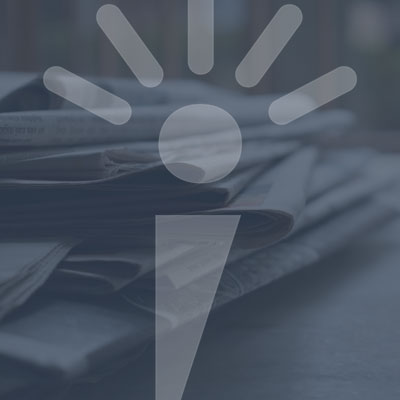What is Section 125? An Explanation of Cafeteria Plans

When running a small business, every decision you make can be a crucial one. Time, resources – all things we probably need more of. Any opportunity to save money is a welcomed one. Section 125 of the Internal Revenue Code can help you and your employees save on taxes and healthcare expenses. Find out how below.
What is Section 125?
Section 125 is synonymous with cafeteria plans. Cafeteria plans can be used under two categories: premium only plans (POP) and flexible spending accounts (FSA). In a nutshell, cafeteria plans are a part of an employee benefits program that is available for small businesses. It allows employees to allocate a portion of their pre-tax salary to cover various medical expenses, for both themselves as well as dependents. Typically, POPs and FSAs are used to cover expenses that insurance does not cover. By putting money into either of these accounts, employees can save on the amount of taxes they pay on their income.
Here’s the catch: section 125 is not widely publicized so many small businesses do not realize they can use this part of the tax code to expand employee benefits and increase margins for the business. But now you’re in on the secret.
What is the Premium Only Plan (POP)?
As the name states, this plan gives employees the ability to pay for insurance premiums with pre-tax dollars. Eligible costs range from prescriptions to dental premiums to Medicare supplements.
What is a Flexible Spending Account (FSA)?
Similar to a POP, with an FSA, you can allocate a specific amount of pre-tax dollars into an account that is used for medical expenses for both employees and their dependents. The funds in this account can be used to cover out-of-pocket expenses. On average, employees can save between 20 and 40 percent on dependent expenses by taking advantage of an FSA. Small business owners can also contribute to employee FSAs to receive tax savings as well.
How does it all work?
Funds allocated to cafeteria plans are eligible to cover expenses for one year (365 days). The specific plan year is covered in your summary plan description. At the start of each plan year, employees are able to allocate a percentage (or a specific amount) of their income to cover out-of-pocket expenses.
One important thing to remember: these plans operate on a “use it or lose it” basis, meaning any unused funds are forfeited at the end of a plan year. So it is important for employees to not overestimate the amount of funds they want to set aside.
That being said, there is a 75-day grace period so that employees can use their remaining funds at the end of each plan year (meaning employees have an additional 75 days to use cafeteria plan funds after the plan year ends). More specifically, with FSAs, a carryover provision was implemented in 2013 where employees can carryover up to $500 of FSA funds from one plan year to the next.
As a small business owner or an HR manager, the best part is that cafeteria plans are incredibly simple to set up for your employees. This includes minimal set up costs as well. On average, the cost of implementation is covered by the tax savings you receive within the first year. Cafeteria plans are a great opportunity for both you and your team to save money in multiple ways.